By Amanda Marasco
Feb 26, 2018
Open Your Eyes To Microbes....
Welcome to a new edition of Mad About Science's weekly newsletter!
We hope you enjoyed last week's edition on all things Space. Thank you to those people who contacted us to tell us that they did. This week we are moving from the telescopic to the microscopic, and delving into the world of microbes - bacteria, mould and other mini marvels.
Again, we have the latest science news to spark discussion, local science events, fun science competitions with awesome prizes, new science products, science activities to do at home, and an amazing story of an Aussie scientist who performed an experiment on himself (not something we generally recommend, we should add)!
Interested? Curious? Read on!
There's gold to be found....inside your phone!
Have you got a few old, unused mobile phones lying around at home? According to phone recycler MobileMuster, there are more than 23 million old mobile phones lying around in Australia right now! That’s almost as many phones as people! Mobile phones contain many metals (and other substances) that are harmful to the environmental if they end up in landfill.
What’s more, the metals inside phones are precious metals, including gold. Enter Adelaide scientist, Associate Professor Frank Reith. Frank and his co-workers have discovered a tiny bacteria that is able to extract gold from a waste mixture. The bacteria (called ‘Cupriavidus Metallidurans’) can literally build little nuggets of gold, grain by grain.
Professor Reith is now running a trial using ‘e-waste’ (old phones and computers) as the starting material for the bacteria to work on. Recycling and reusing precious metals means that less will contaminate the environment as e-waste and less of these limited resources will need to be dug up out of the ground in the first place. Good for the environment, and good for us. Read more about Associate Professor Reith’s ground-breaking work here.
If you would like recycle an old phone, visit https://www.mobilemuster.com.au/to find your nearest drop-off point.
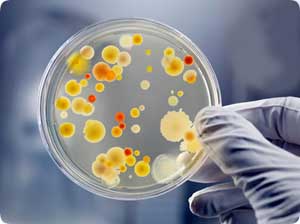 Be a microbiologist and grow your own germs!
Be a microbiologist and grow your own germs!
Bacteria are tiny microorganisms that are too small for us to see - on their own. If we can grow a big group of bacteria, we can see them. To grow a lot of bacteria, we need to prepare a food they like to eat. Scientists call this food 'nutrient agar', or just 'agar'. Agar is a jelly-like substance. In this activity, you can make your own homemade agar, and use it to grow bacteria you have collected from different places around your house. Scientists who do this kind of work are called microbiologists.
Try our free experiment:
Grow Bacteria on Homemade Agar Plates
What is this mystery microscopic image above?
Send us your best guess for your chance to WIN a cool prize pack from Mad About Science, including a Biology Madness science kit, a Phonoscope that turns a phone or tablet into a microscope, and a very cuddly Helicobacter Pylori plush toy (just to remind you of Professor Barry and Professor Robin - keep reading).
To be in the running, here's what you have to do... Look carefully at the above picture (it is a magnified image of something being viewed under a microscope). Write down what you think is being viewed under the microscope, and draw or paint your best unmagnified version of it.
Email entries to competitions@madaboutscience.com.au, or send them via snail mail to Competitions, Mad About Science, 1A/981 Mountain Hwy, Boronia, Vic, 3135. Include your full name, age, email and postal address. Entries must be received by Friday March 9., 2018. Click here for a full list of competition terms and conditions.
Would you perform an experiment on yourself?
Professor Barry Marshall did. In the 1980's, Barry and his colleague Professor Robin Warren (who both come from Western Australia) were researching stomach ulcers - big, painful sores on the lining of the inside of your stomach. For years, people believed that ulcers were caused by stress, spicy foods and too much acid in the stomach.
However, Barry and Robin had a different theory. They had found that the ulcers of their patients contained a tiny bacteria (a germ). They named the bacteria ‘Helicobacter pylori’ (let’s call it H. Pylori for short). They made a hypothesis that H. Pylori was getting into people’s stomache and causing the ulcers. To test the hypothesis, Barry did a very brave thing – he decided to infect himself with H. Pylori and see what happened. Sure enough, he developed a nasty ulcer!
Fortunately he and Professor Warren had also developed a treatment, so he was able to recover. They were also able to treat many other people with painful ulcers. This discovery completely changed the way that doctors all over the world could identify and treat stomach ulcers.
As a recognition of the important, revolutionary nature of their work, Professors Marshall and Warren were awarded the 2005 Nobel Prize in Physiology or Medicine – the highest prize a scientist can receive.
Read more about Barry Marshall’s own story about his life and work here
You can read Robin Warren’s story here
Bacteria is everywhere, including in your mouth!
This might be what is living in your mouth right now!
This picture, taken using a high-powered scanning electron microscope is of the bacteria commonly found in the human mouth. The different species of bacteria have been coloured so they can be seen clearly. You will notice they are different shapes and sizes.
Bacteria are tiny, organisms composed of only a single cell. There are more bacteria on earth than any other living thing. Bacteria can be found in every single type of environment you can think of: in hot, dry deserts, in ice and snow, at the bottom of the ocean, on the sides of volcanoes, inside rock crevices, and of course inside animals and people!
Some bacteria are harmful, like those pictured above which cause tooth decay, but but most serve a useful purpose. They support many forms of life, both plant and animal, and they are used in industrial and medicinal processes.
“If you don't like bacteria, you're on the wrong planet.”
~ Stewart Brand
Queenslanders, get ready and get set for the World Science Festival next month!
Five days of performances, demonstrations, experiments, workshops and conversations to inspire, provoke and amaze you. There will be plenty for families, including ‘Street Science’ on Brisbane’s Southbank and ‘A Night at the Museum’ at the Queensland Museum. There will also be events in Townsville, Gladstone, Toowoomba and more locations, so mark March 21 -25 in your diary and go to www.worldsciencefestival.com.au/ to find out more.
Explore the World of Microbes

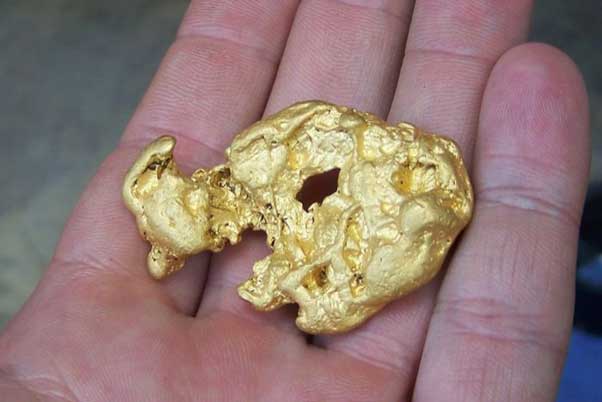
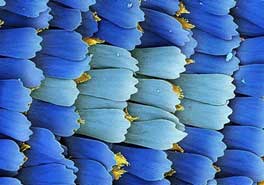
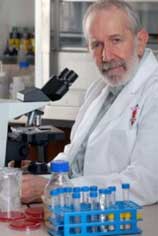
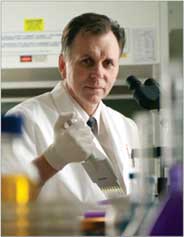

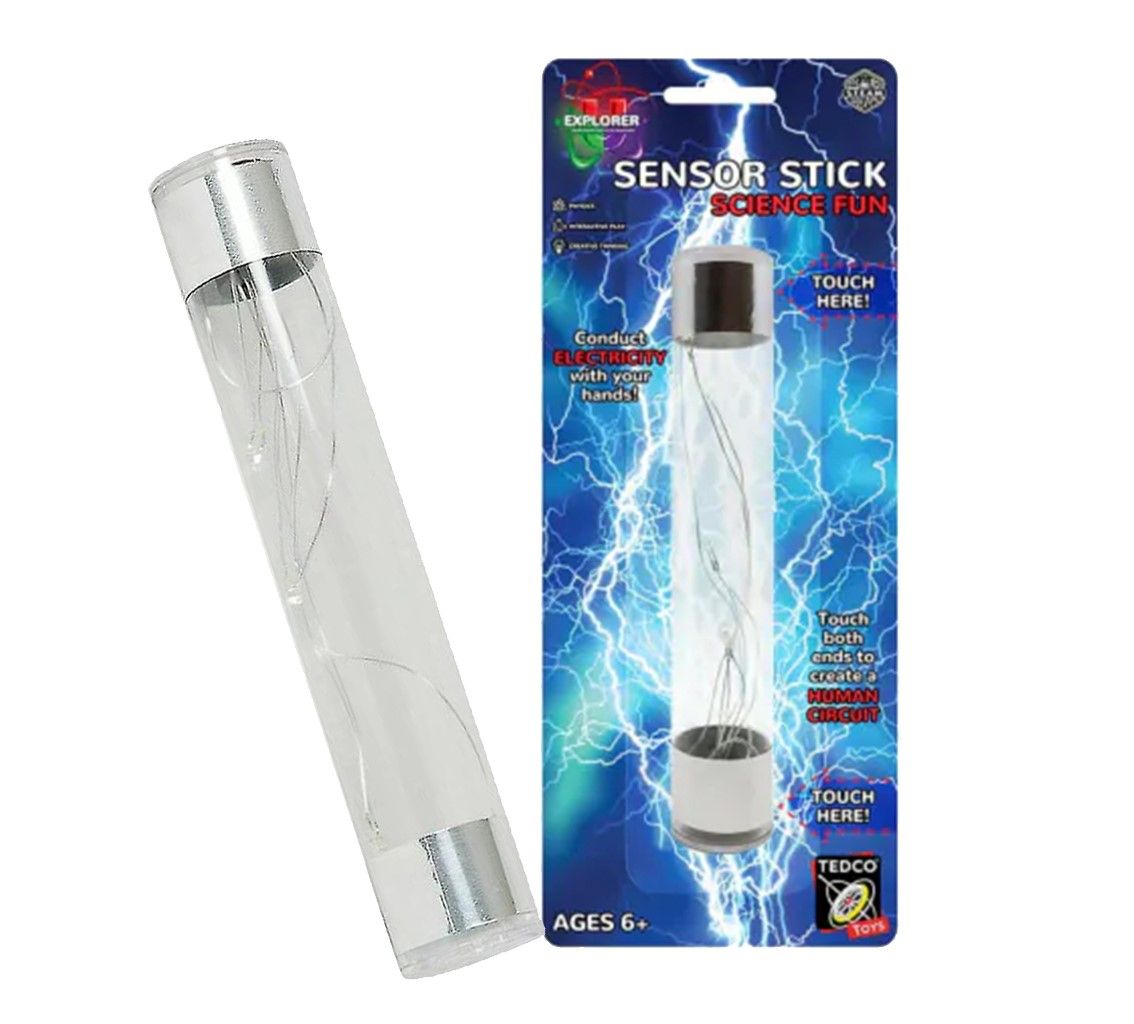


 magento3
magento3